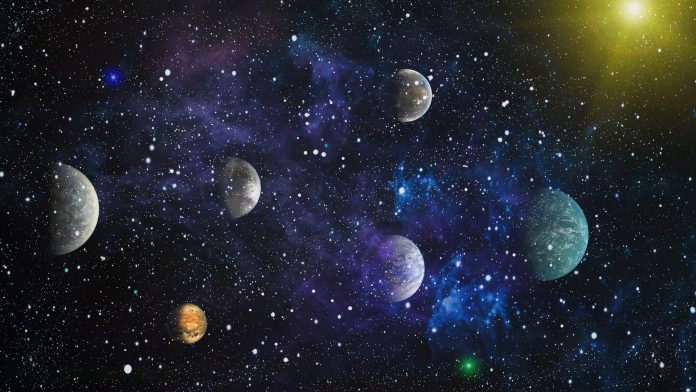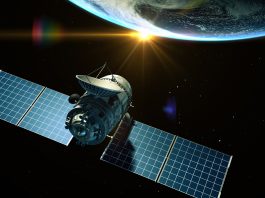An international collaboration led by NASA is examining newly discovered planets in order to learn more about how the Earth and our solar system advanced throughout their ‘teenage’ years.
The scientists will study four newly detected exoplanets that are situated approximately 130 light-years away from Earth and orbit two known stars – TOI 2076 and TOI 1807 – which are located in the constellations of Boötes and Canes Venatici, respectively.
Both are K-type dwarf stars – with a more orange tinge than our Sun – and are understood to have been born in the same gas cloud approximately 200 million years ago.
Astrophysicists are fascinated by these newly discovered exoplanets – each either two, three or four times the size of the Earth – because they are in the early stages of their evolution and could thus disclose valuable information about how young planets and planetary systems develop.
The discovery of new planets
The planets were discovered as part of an international project led by NASA, with the collaboration of over 25 institutes worldwide. The project has utilised data from NASA’s Transiting Exoplanet Survey Satellite (TESS), and the researcher’s findings have been published in the Astronomical Journal.
Christina Hedges, an astronomer at the Bay Area Environmental Research Institute in Moffett Field, in California, and NASA’s Ames Research Center in Silicon Valley, commented: “The planets in both systems are in a transitional, or teenage, phase of their life cycle.
“They’re not newborns, but they’re also not settled down. Learning more about planets in this teen stage will ultimately help us understand older planets in other systems.”
TOI 2076 was first brought to the attention of astronomers in 2019, when Alex Hughes, a student from Loughborough University, was working on an undergraduate project looking for light curves. By applying the TESS data, he discovered that light from the star intermittently dipped, potentially suggesting the existence of exoplanets.
Hughes then contacted Dr Hedges to disclose the novel finding, and an international partnership of scientists and astronomers found three planets orbiting the star. Of these, the innermost planet – TOI 2076b – is around three times larger than Earth and orbits its star every 10 ten days. Meanwhile, the outer planets – TOI 2076c and d – are just over four times bigger than Earth, with orbits surpassing 17 days.
The second discovered star, TOI 1807, accommodates one known planet, TOI 1807 b, which was first discovered by NASA in 2020. It is approximately twice the size of Earth and orbits its star in just 13 hours.
Understanding the evolution of planets
Hughes commented: “Discovering a planetary system that exists in this transitional ‘teenage’ period gives us a chance to test our models of this early evolution period and probe some of the questions we still have.
“I believe that TOI 2076 and TOI 1807 will help us better understand early formation and evolution processes, such that we can understand how our own solar system came to be.”
Dr Shaun Atherton, of Loughborough’s School of Science, who also engaged in the detection and Hughes’ project supervisor, added: “This discovery is important for two reasons.
“One is the age of the two stars. Investigating both the stars and their planets at this stage of evolution will give insights into our own solar system’s early evolution.
“Second is the common origin of the two stars. Born in the same gas cloud, but having since moved apart, we can learn about how these two star systems have developed separately.”
Researchers are now working towards determining the planets’ masses, but interference from the young stars poses difficulties.
As understood by hypothetical models, planets originally have thick atmospheres left over from their creation in disks of gas and dust around infant stars. In several circumstances, planets lose their initial atmospheres as a result of stellar radiation, leaving rocky cores behind.
Through planetary processes such as volcanic activity, some of the planets then evolve to have secondary atmospheres. The ages of the TOI 2076 and TOI 1807 systems indicates that their known planets could be in the midst of this atmospheric evolution.
If researchers are able to uncover the planets’ masses, the knowledge may aid in deciding whether missions such NASA’s Hubble and upcoming James Webb space telescopes can examine the planets’ potential atmospheres.








